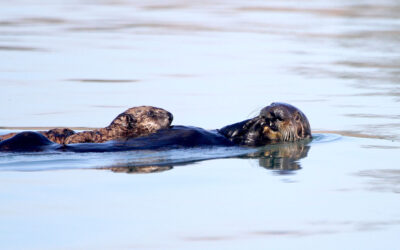The effective insertion of vertically aligned nanowires (NWs) into cells is critical for bioelectrical and biochemical devices, biological delivery systems, and photosynthetic bioenergy harvesting. The first study demonstrating the possibility of direct insertion of nanowires into living algal cells using inkjet printing technology is presented in Small, by authors from Yonsei University, Korea. While most cell printing technologies aim to print cells on a flat substrate, this work investigates whether living cells could be printed for insertion with nanowires at predetermined locations.

Nanowire insertion into cells
One of the major technical hurdles was how to prepare printable cell solutions while maintaining high cell viability. Another challenge was to guarantee nanowire insertion into cells without rupturing them. Slow jetting caused non-insertion, while jetting too fast resulted in cells bursting. This study provides a fundamental understanding of the optimized cell solution for both printability and cell viability. Optimum jetting conditions were predicted and demonstrated to insert nanowires into cells without cell rupture. With rapidly growing interest in monitoring subcellular activities within living cells, the ability of this printing technology to locate nanoscale sensors such as nanowires into the cytoplasm of living cells in a scalable manner is highly desirable.

















